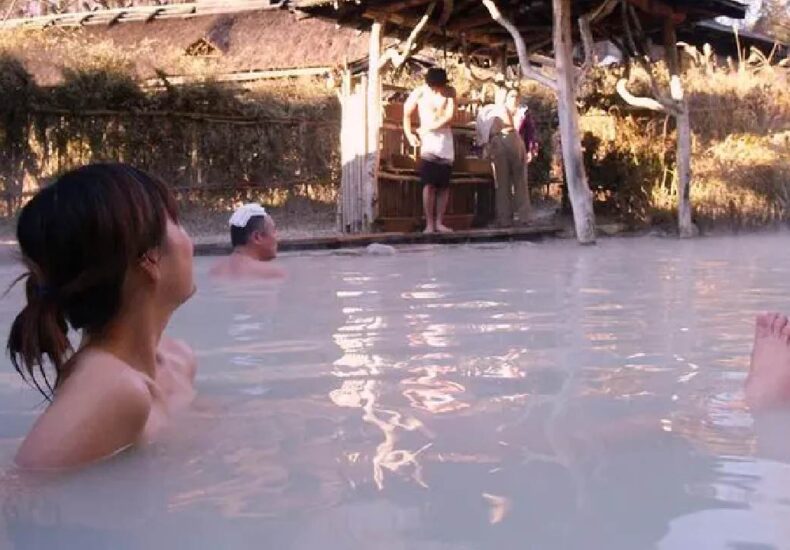
Getting Comfortable with Getting Naked: My First Time at a Japanese Onsen
Fundacion Rapala – Japanese onsen,Traveling solo across Japan by bullet train was already a dream come true. The snowy landscapes of Hokkaido zipped past the window as I clutched my budget rail pass and the thrill of independence. But nothing could have prepared me for the moment Michiko, my warm host in a sleepy town, casually asked, “Shall we go to the onsen?” I had read about these hot springs, seen them in anime, even fantasized about the calming steam but the idea of being completely naked in front of strangers? That was an entirely different level of culture shock.
Understanding the Tradition of Onsen
Japanese Onsen are more than just hot water they’re woven into the soul of Japanese culture. Originating in ancient mythology and mentioned in Japan’s oldest texts, onsens were once sacred spots for ritual purification and elite healing. Over the centuries, especially during the Edo period, they evolved into communal gathering places. Today, they are found everywhere from humble village bathhouses to high-end spa resorts. Governed by strict regulations on water temperature and mineral content, onsens continue to offer more than just physical relief they provide a space for mental clarity, social bonding, and quiet introspection.
“Read More : Ange Postecoglou Fired After Just 39 Days: A New Record at Nottingham Forest”
Facing the Fear of Nudity
The idea of disrobing in front of strangers is enough to make any foreigner hesitate. I stood frozen in the changing room, towel clutched like a lifeline. But once I stepped into the water, something shifted. No one was staring. No one cared. Everyone was simply… existing. Bathing. Relaxing. In that moment, I realized the nudity wasn’t the point. It was about vulnerability, yes but also about release. I wasn’t alone in this feeling. Even seasoned bathers admit the first time is intimidating. But they all say the same thing: it passes.
Sentō vs. Onsen: What’s the Difference?
While they might appear similar, onsen and sentō serve different roles. Japanese Onsen use natural hot spring water and are often located in scenic or mountainous regions. Sentō, on the other hand, are urban public baths using heated tap water. Historically, sentōs were a necessity for city dwellers without home bathrooms. Today, they represent a cherished slice of local culture. For travelers, both offer valuable experiences. But while onsen feel like a retreat, sentō offer a daily rhythm of communal life. Knowing the difference can help set your expectations and ease first-time anxiety.
“Read More : The Tech Industry’s Turnaround Moment”
Learning from the Locals
Stephanie Crohin, a French expert on Japanese bath culture, offers the reassurance every nervous traveler needs: “No one is watching you.” Her journey began with hesitation but blossomed into a lifelong passion. She explains that bathhouses are one of the rare spaces where body image issues melt away. Through her work with the Sentō Association, she has opened doors for non-Japanese visitors to feel at ease in these once-intimidating spaces. The lesson? Embrace it. Laugh at the awkwardness. Let the hot water do the rest. You’re not being judged everyone’s just soaking.
Nudity as Cultural Liberation
In a world obsessed with appearance, stepping naked into an onsen can feel like an act of quiet rebellion. It strips away more than just clothes it dissolves ego. As Crohin wisely puts it, “Every body comes with its own imperfections, and this is the only place I know where nobody cares.” The experience becomes less about exposure and more about liberation. After a few minutes, the nerves subside. You stop thinking about how you look. You start appreciating how you feel. And in that vulnerable stillness, you find unexpected peace.